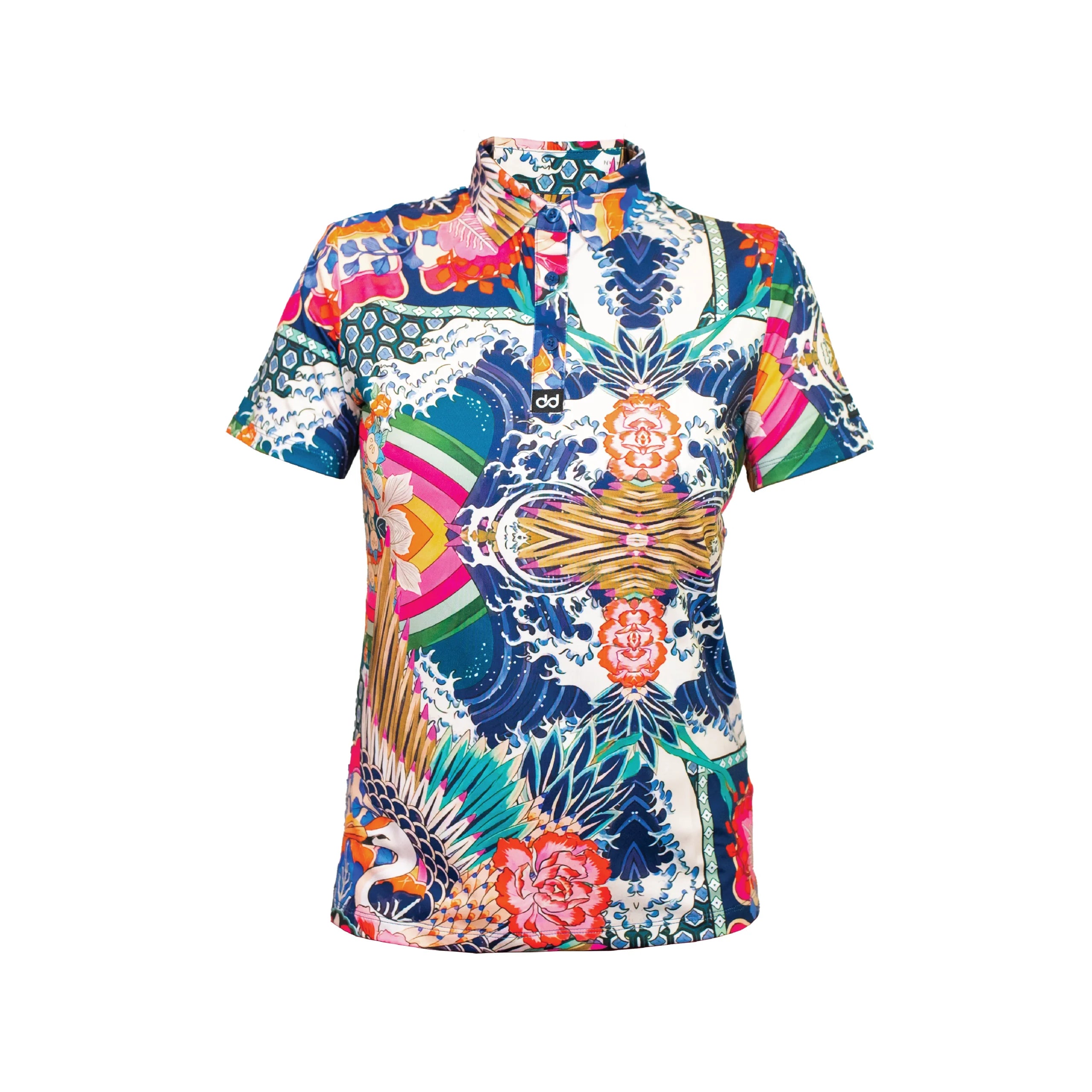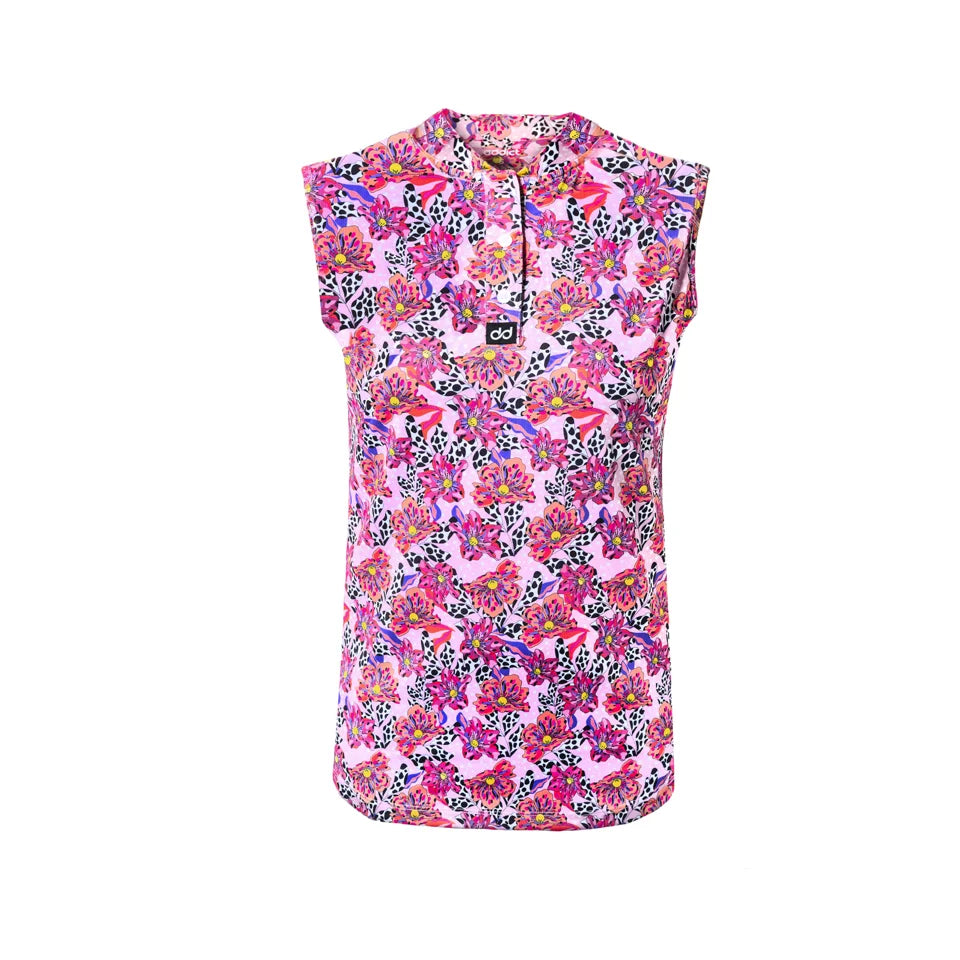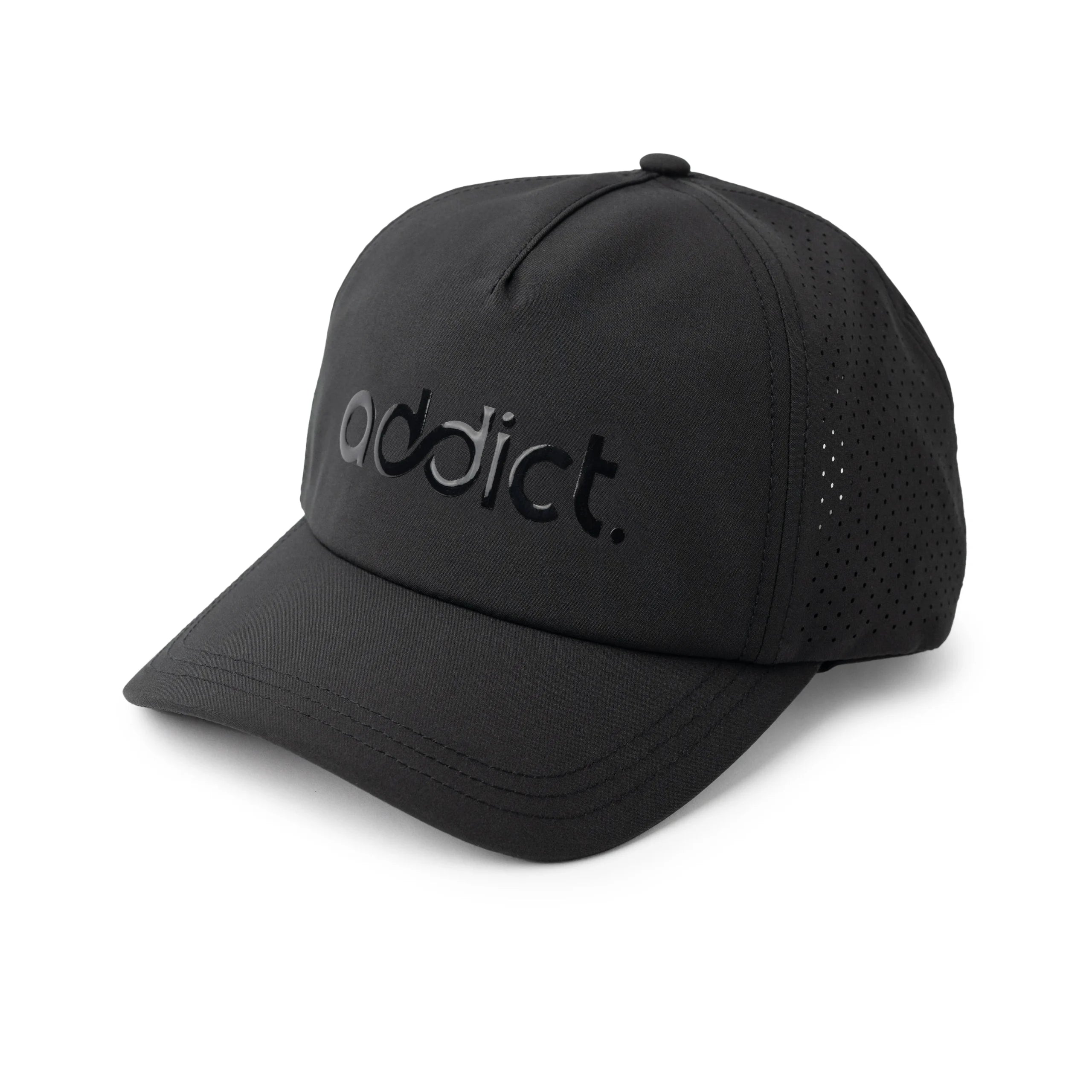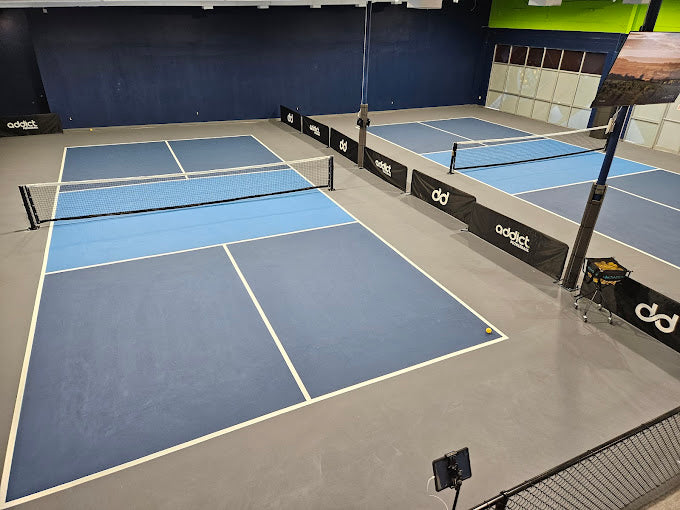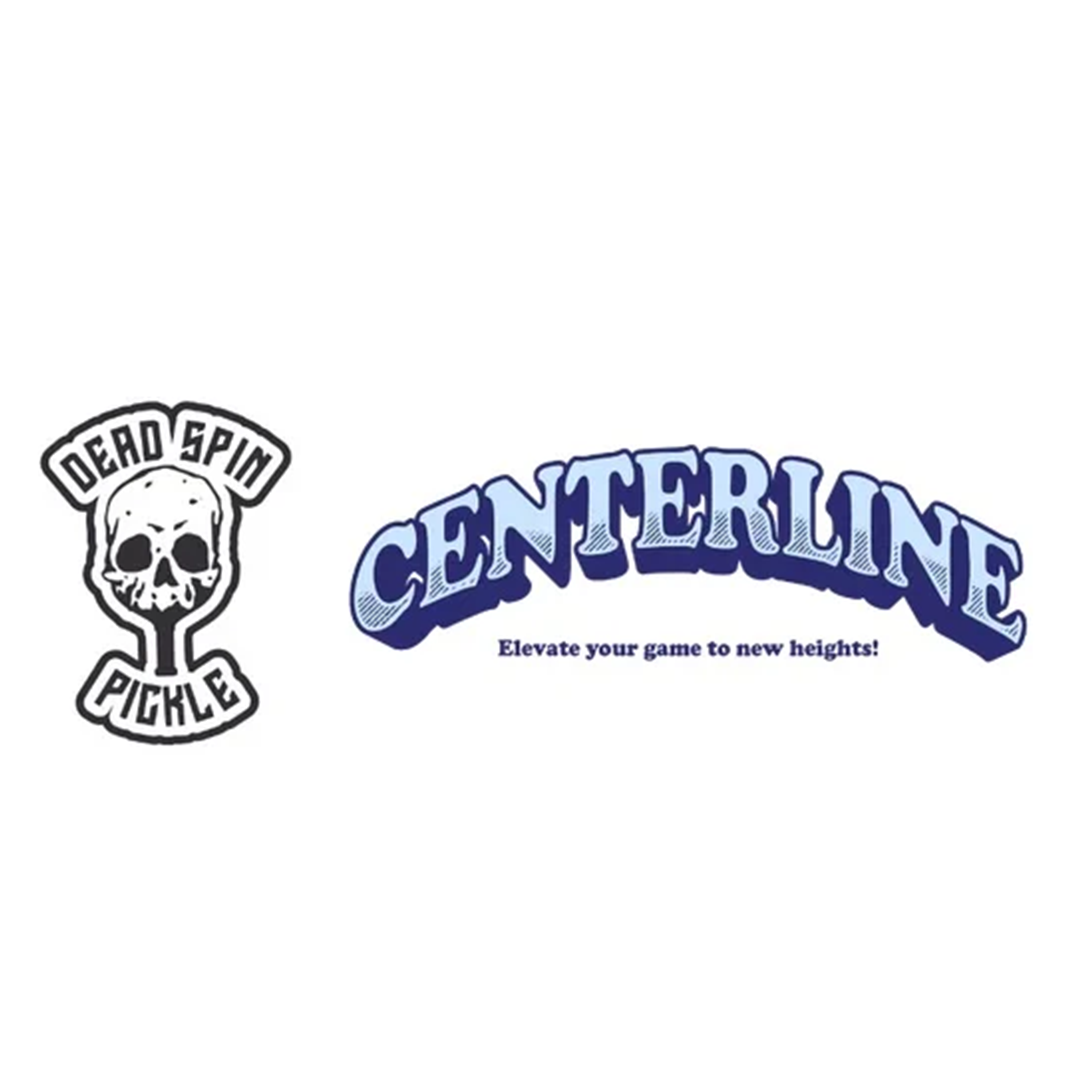Understanding Pickleball Paddle Technology:
A Comprehensive Guide by Addict Pickleball
In the dynamic world of pickleball, the face material of your paddle plays a crucial role in determining your performance on the court. At Addict Pickleball, we’re committed to providing you with paddles that not only enhance your game but also cater to your individual playing style. Let’s delve into the intricacies of different paddle face materials and how they influence your gameplay.
Comparing Surface Types of Pickleball Paddles:
Fiberglass:
- Powerhouse Performance: Fiberglass paddles pack a punch, offering unparalleled power that can drive shots with incredible pace.
- Trade-offs: While fiberglass delivers raw power, it sacrifices forgiveness and sweet spot size. Additionally, fiberglass paddles typically offer less spin compared to other materials.
- Ideal for: Players who prioritize aggressive playstyles and thrive on generating pace and power from their shots.
Carbon Fiber:
- Innovative Excellence: Carbon fiber paddles represent a revolutionary shift in the industry, providing a blend of performance, comfort, and spin potential.
- Exceptional Feel: Carbon fiber offers a softer feel and a more forgiving sweet spot, allowing for greater control and precision on the court.
- Spin Mastery: Recent advancements in carbon fiber technology have led to paddles with remarkable spin potential, especially those featuring raw carbon fiber surfaces.
- Perfect for: Players seeking a versatile paddle that balances power, control, and spin, enabling them to adapt to various playing situations with ease.
Composite:
- Blend of Materials: Composite paddles incorporate a combination of various materials, including fiberglass, carbon fiber, and others.
- Versatility and Flexibility: These paddles offer a versatile performance profile, catering to a wide range of playing styles and preferences.
- Note: Composite paddles may lack specificity in material composition, making it challenging to discern their exact characteristics without thorough testing.
Kevlar:
- Composition: Kevlar/Carbon paddles have a face material that is a woven combination of Kevlar and Carbon Fiber. Kevlar is a synthetic material known for its durability and impact resistance.
- Characteristics: Kevlar and carbon fiber composites provide a balance between strength, durability, and power.
- Key Features: Kevlar/Carbon Fiber paddle faces offer a unique blend of power, control, and durability. They tend to be more flexible and forgiving than pure carbon fiber paddles.
- Advantages: Strong, durable, balanced power and control
Grit on Paddle Surfaces:
- Grit Types: Grit on paddle surfaces can significantly impact spin potential, with paint grit, added textures, and raw carbon fiber being the primary categories.
- Durability and Spin: Raw carbon fiber surfaces stand out for their durability and extended grit lifespan, leading to consistent spin performance over time.
- Core Contribution: While grit plays a crucial role in spin generation, innovative core technologies like Gearbox’s “Hyper bite spin technology” demonstrate that spin can also originate from the core of the paddle.
Conclusion:
For most players, fiberglass and carbon fiber are the primary face materials to consider, offering distinct advantages suited to different playing styles. Carbon fiber has emerged as a dominant material in high-end paddle ranges, thanks to its softer feel, larger sweet spot, and superior spin potential. Fiberglass remains a formidable choice for players seeking raw power and aggressive gameplay, despite its trade-offs in forgiveness and spin. As the pickleball industry evolves, ongoing innovation in paddle materials and technologies promises to elevate the game to new heights, providing players with unprecedented performance and versatility.
At Addict Pickleball, we’re committed to pushing the boundaries of innovation and delivering paddles that empower players to unleash their full potential on the court. Choose Addict Pickleball for innovation, performance, and a game-changing experience.
Thermoformed vs. Cold Press Pickleball Paddles:
At Addict Pickleball, we understand the importance of paddle construction techniques in shaping your playing experience. Let’s explore the differences between thermoformed and cold press pickleball paddles to help you make an informed decision about your next paddle purchase.
Thermoformed Pickleball Paddles:
- Manufacturing Process: Thermoformed paddles are crafted using a specialized process called thermoforming. This involves heating a sheet of material until it becomes pliable, then shaping it using a mold or form to achieve the desired design and performance characteristics.
- Precision and Consistency: Thermoforming enables precise and consistent construction, allowing for intricate designs, complex shapes, and specific performance features. This results in paddles that offer enhanced control, power, and spin, tailored to match your playing style and preferences.
- Innovative Designs: Thermoformed paddles are renowned for their innovative designs and features, including unique surface textures and patterns. These paddles push the boundaries of paddle customization, offering players a diverse range of options to elevate their game.
- Performance Advantages: Thermoformed paddles leverage advanced manufacturing techniques to deliver superior performance on the court. Whether you’re seeking enhanced control, increased power, or improved spin, thermoformed paddles offer a technological edge to elevate your gameplay.
Cold Press Pickleball Paddles:
- Production Method: Cold press paddles are typically manufactured by pressing materials together at room temperature. This process ensures a consistent and controlled production process, resulting in paddles with predictable performance and durability.
- Balanced Performance: Cold press paddles strike a balance between power, control, and touch, making them a popular choice among pickleball players of all levels. These paddles offer reliable performance on the court, allowing players to execute their shots with confidence.
- Versatility: Cold press paddles excel in various playing situations, offering versatility and adaptability to different playing styles and preferences. Whether you’re a beginner or a seasoned pro, cold press paddles provide a dependable option for your pickleball needs.
Choosing the Right Paddle for You:
When selecting between thermoformed and cold press paddles, consider your playing style, preferences, and performance goals. Thermoformed paddles may offer advanced customization options and specialized performance characteristics, while cold press paddles provide reliable performance in a variety of playing situations.
If possible, try out different paddle options to determine which construction technique best suits your needs. Experiment with various paddle designs, materials, and features to find the paddle that enhances your game and maximizes your enjoyment on the court. At Addict Pickleball, we’re dedicated to providing high-quality paddles that elevate your pickleball experience. Whether you prefer thermoformed or cold press paddles, you can trust Addict Pickleball for exceptional performance, durability, and innovation.
In conclusion, both thermoformed and cold press pickleball paddles offer unique advantages and performance characteristics. Whether you prioritize precision and customization or reliability and versatility, Addict Pickleball has the perfect paddle to take your game to the next level. Choose Addict Pickleball for paddle excellence and elevate your pickleball journey today.

